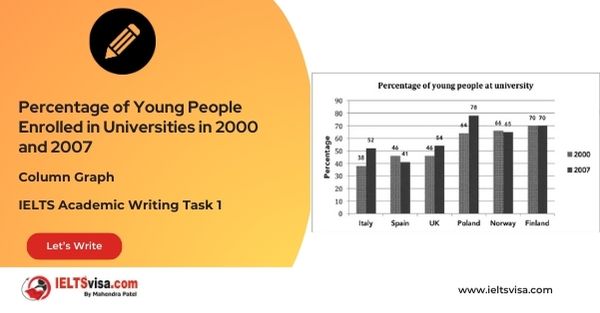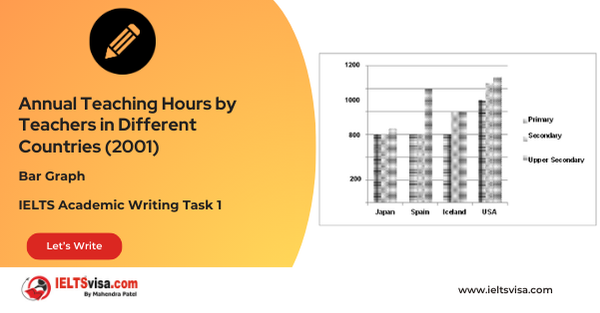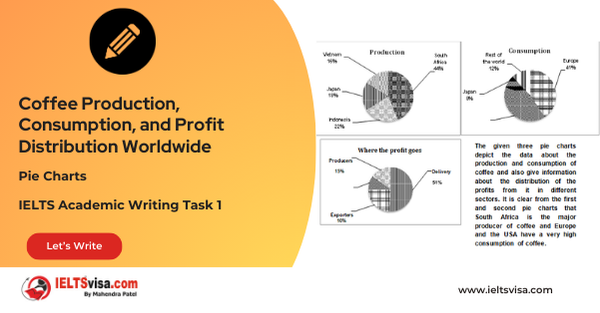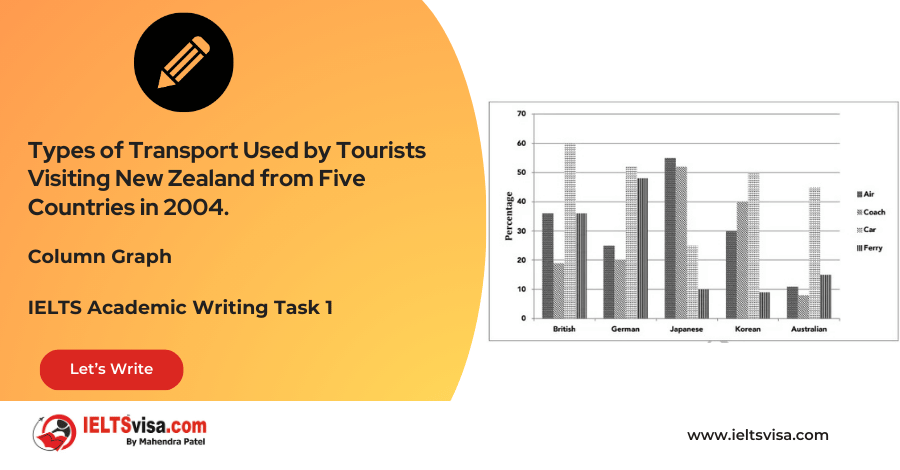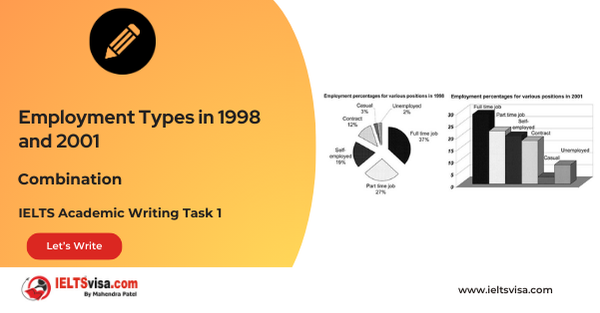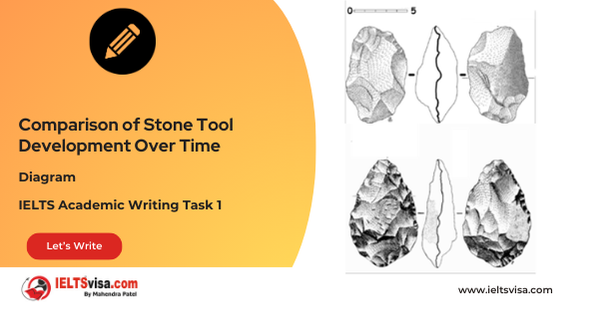The proportion of the energy produced from different sources in a country between 1985 and 2003.
IELTS Academic Writing Task 1 - Pie Chart

IELTS Writing Task 1 Question
The charts below show the proportion of the energy produced from different sources in a country between 1985 and 2003. Summarize the information by selecting and reporting the main features, and make comparisons where relevant.
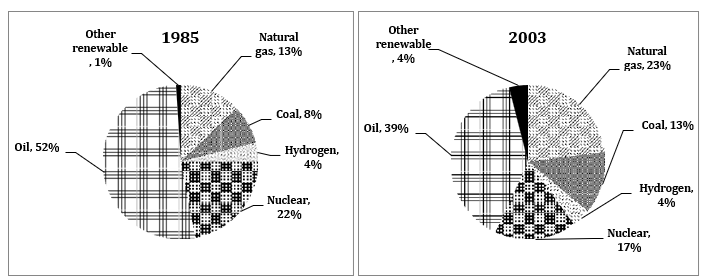
Common Questions for the Chart
1. Graph Type: Pie Charts
2. Title: Energy Production Sources from 1985 to 2003
3. What are the units of measurement?: Percentage
4. Who: The country depicted in the charts
5. What does the chart depict?: The proportion of energy produced from different sources over time
6. When: Data for the years 1985 and 2003
7. Where: Not specified, but it refers to a particular country
8. Topic: Trends in energy production sources over time
Comparison Showing and Trends Any change over time (such as an increase or a decrease) is a trend.
Comparison 1 : Major Energy Sources (1985)
- Details:
- In 1985, oil was the dominant energy source, accounting for 52% of production, followed by nuclear at 22%. Natural gas and coal made up 13% and 8%, respectively, while hydrogen and other renewable sources were minimal at 4% and 1%.
Comparison 2 : Changes by 2003
- Details:
- By 2003, the share of oil dropped to 39%, indicating a significant decline. Nuclear energy also decreased to 17%. Conversely, natural gas saw substantial growth, rising to 23%, while coal increased to 13%.
Comparison 3 : Stability and Growth in Other Sources
- Details:
- The proportion of energy produced from hydrogen remained stable at 4%, whereas energy from other renewable sources grew from 1% to 4%, indicating a slow but steady increase in the diversification of energy sources.
Sample Answer
The provided pie charts illustrate the proportions of energy generated from various sources in a specific country between 1985 and 2003.
In 1985, oil was the primary source of energy, constituting 52% of total production, followed by nuclear energy at 22%. Natural gas and coal contributed 13% and 8%, respectively, while hydrogen and other renewable sources were minimal, making up 4% and 1%.
By 2003, the reliance on oil had decreased significantly to 39%, while the share of nuclear energy also fell to 17%. In contrast, natural gas usage increased markedly to 23%, and coal production rose to 13%.
Interestingly, the share of energy produced from hydrogen remained constant at 4%, indicating stable usage, whereas the contribution from other renewable sources increased from 1% to 4%. This shift suggests a gradual diversification in energy production sources over the 18-year period.
Overall, oil continued to be the major energy source, while hydrogen and renewable sources accounted for the least production throughout the years observed.
Top 29 Vocabularies
| Vocabulary | Meaning | Synonyms | Examples | Type |
| Proportion | A part, share, or number considered in relation to a whole | Ratio, Percentage | “The proportion of energy from natural gas increased.” | Noun |
| Dominant | Most important, powerful, or influential | Prevailing, primary | “Oil remained the dominant source of energy.” | Adjective |
| Declined | To decrease in quantity, quality, or strength | Diminished, decreased | “Nuclear energy declined from 22% to 17%.” | Verb |
| Substantial | Of considerable importance, size, or worth | Significant, considerable | “Natural gas saw substantial growth.” | Adjective |
| Diversification | The process of varying products or investments to reduce risk | Variation, assortment | “There was a gradual diversification in energy sources.” | Noun |
| Illustrate | To visually explain or represent | Depict, Represent | “The pie charts illustrate the proportions of energy sources.” | Verb |
| Generated | Produced or created | Created, Produced | “Energy generated from oil decreased significantly by 2003.” | Verb |
| Constitute | To make up or form a part of something | Comprise, Represent | “Oil constituted 52% of energy production in 1985.” | Verb |
| Relied | Depended on something for support or supply | Depended, Counted on | “By 2003, the reliance on oil had decreased significantly.” | Verb |
| Markedly | In a noticeable or significant way | Significantly, Clearly | “Natural gas usage increased markedly by 2003.” | Adverb |
| Contributed | Played a part in achieving something | Added, Provided | “Natural gas contributed 13% of energy in 1985.” | Verb |
| Minimal | Very small in amount or degree | Insignificant, Negligible | “Hydrogen and other renewable sources were minimal.” | Adjective |
| Indicating | Showing or suggesting something | Demonstrating, Signaling | “Stable hydrogen usage indicates a lack of change.” | Verb |
| Stable | Not changing or fluctuating | Steady, Unchanging | “Hydrogen usage remained stable at 4%.” | Adjective |
| Renewable | Capable of being replenished | Sustainable, Replenishable | “The contribution from renewable sources increased.” | Adjective |
| Diversified | Expanded into a variety of options | Varied, Broadened | “Energy sources became more diversified over time.” | Adjective/Verb |
| Shift | A change in direction or focus | Transition, Change | “This shift suggests a diversification in energy sources.” | Noun/Verb |
| Production | The process of creating or manufacturing something | Generation, Output | “Energy production from coal increased in 2003.” | Noun |
| Observed | Examined or noted as being significant | Noted, Recorded | “The years observed showed a decline in oil reliance.” | Verb |
| Indicate | To point out or show | Signal, Demonstrate | “The data indicates a gradual diversification in energy production.” | Verb |
| Reliance | Dependence on something or someone | Dependence, Need | “Reliance on oil dropped significantly by 2003.” | Noun |
| Gradual | Happening slowly over time | Progressive, Incremental | “There was a gradual increase in renewable energy usage.” | Adjective |
| Contribution | Something given or supplied to achieve a result | Addition, Input | “The contribution from renewable sources rose to 4%.” | Noun |
| Underscore | To emphasize or highlight | Highlight, Stress | “The charts underscore the scarcity of renewable energy sources.” | Verb |
| Primary | Of chief importance | Main, Principal | “Oil was the primary source of energy in 1985.” | Adjective |
| Contrast | A noticeable difference | Difference, Disparity | “The contrast between energy sources was significant.” | Noun/Verb |
| Increased | Became greater in number, size, or importance | Grew, Expanded | “The use of natural gas increased markedly.” | Verb |
| Decline | A gradual reduction in quality or quantity | Decrease, Drop | “Nuclear energy saw a decline over the years.” | Noun/Verb |
| Remained | Continued to exist in the same state | Persisted, Continued | “The share of hydrogen remained constant at 4%.” | Verb |

Our Books
Master IELTS Speaking Part 1
IELTS Writing Task 1 Book
IELTS Writing Task 2 Book
Writing Task 1 Question Types
Practice IELTS Other Modules
IELTS Listening
The IELTS Listening test assesses how well you can understand spoken English in various contexts. It lasts about 30 minutes and is divided into four sections with a total of 40 questions. The listening tasks become increasingly difficult as the test progresses.
IELTS Academic Reading
The IELTS Academic Reading section assesses your ability to understand and interpret a variety of texts in academic settings. It is designed to evaluate a range of reading skills, including skimming for gist, reading for main ideas, reading for detail, understanding inferences, and recognizing a writer's opinions and arguments.
IELTS Speaking
The IELTS Speaking test assesses your ability to communicate in English on everyday topics. It lasts 11-14 minutes and consists of three parts: introduction, cue card, and a discussion based on the cue card topic.
IELTS General Reading
IELTS General Reading tests your ability to understand and interpret various types of texts. Here are some key areas and types of content you can expect to encounter in the reading section, along with tips for effective preparation.
IELTS Academic Writing Task 1
In IELTS Academic Writing Task 1, you are presented with a visual representation of information, such as graphs, charts, tables, or diagrams, and you are required to summarize, compare, or explain the data in your own words.
IELTS General Writing Task 1
In IELTS General Writing Task 1, you are required to write a letter based on a given situation. The letter can be formal, semi-formal, or informal, depending on the prompt. Here’s a breakdown of the key components to include in your letter
IELTS Academic Writing Task 2
In IELTS Academic Writing Task 2, you are required to write an essay in response to a question or topic. Here’s a guide to help you understand the essential elements of this task
IELTS Exam Tips
To succeed in the IELTS exam, practice regularly, familiarize yourself with the test format, improve your vocabulary, develop time management skills, and take mock tests to build confidence.
Grammer for IELTS
Grammar is the foundation of effective communication in English. Understanding tense usage, subject-verb agreement, and sentence structure enhances clarity and coherence in writing and speaking.
Vocabulary for IELTS
Vocabulary plays a crucial role in the IELTS (International English Language Testing System) exam, especially in the Speaking and Writing sections. Here’s an overview of why vocabulary is important and how it impacts your performance
RECENT IELTS SAMPLES QUESTIONS AND ANSWERS
Task 1 – Column graph – Percentage of Young People Enrolled in Universities in 2000 and 2007.
20:00 Start Pause Stop [df_adh_heading title_infix="IELTS Writing Task 1 Question" use_divider="on"...
Task 1 – Bar Graph – Annual Teaching Hours by Teachers in Different Countries (2001)
20:00 Start Pause Stop [df_adh_heading title_infix="IELTS Writing Task 1 Question" use_divider="on"...
Task 1 – Pie Charts – Coffee Production, Consumption, and Profit Distribution Worldwide
20:00 Start Pause Stop [df_adh_heading title_infix="IELTS Writing Task 1 Question" use_divider="on"...
Task 1 – Column graph – Types of Transport Used by Tourists Visiting New Zealand from Five Countries in 2004.
20:00 Start Pause Stop [df_adh_heading title_infix="IELTS Writing Task 1 Question" use_divider="on"...
Task 1 – Bar and Pie Chart Combination – Employment Types in 1998 and 2001
20:00 Start Pause Stop [df_adh_heading title_infix="IELTS Writing Task 1 Question" use_divider="on"...
Task 1 – Diagram – Comparison of Stone Tool Development Over Time
20:00 Start Pause Stop [df_adh_heading title_infix="IELTS Writing Task 1 Question" use_divider="on"...

